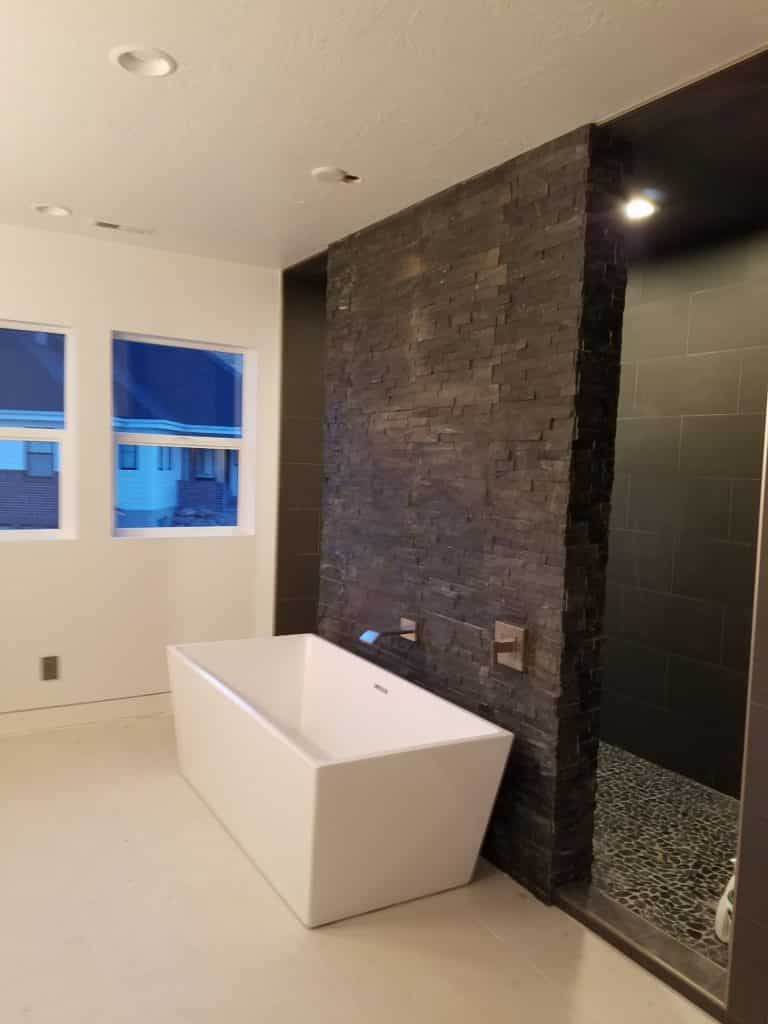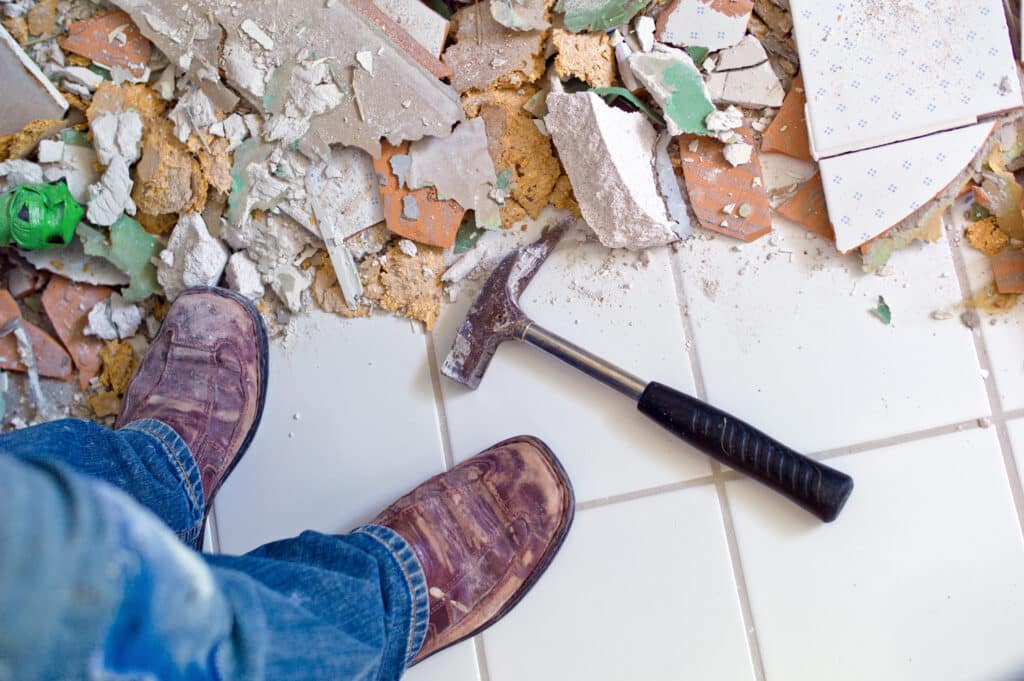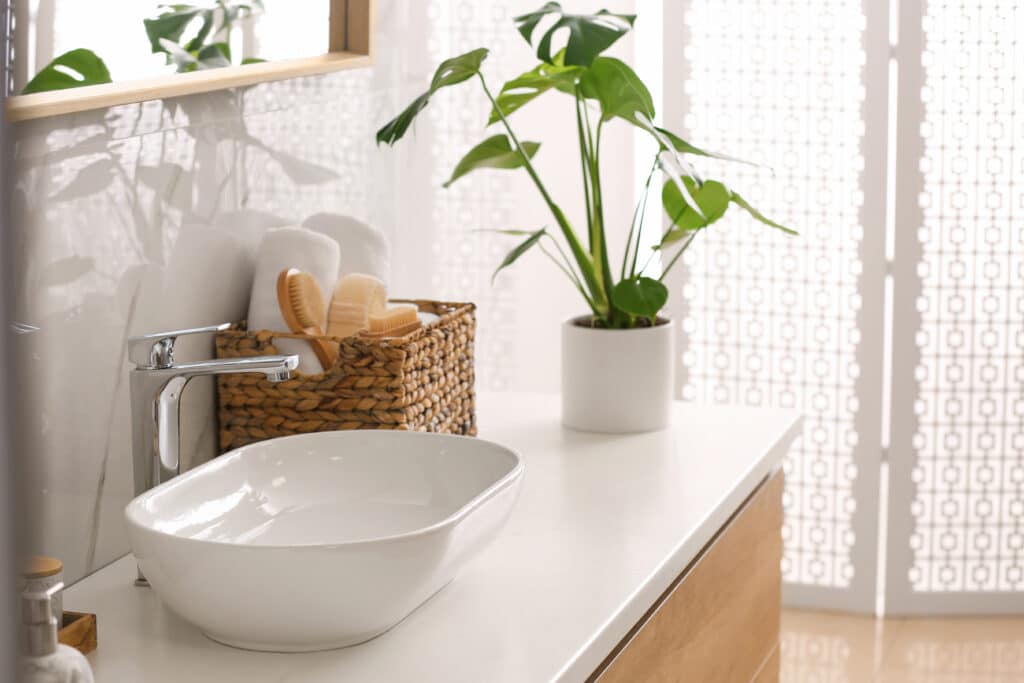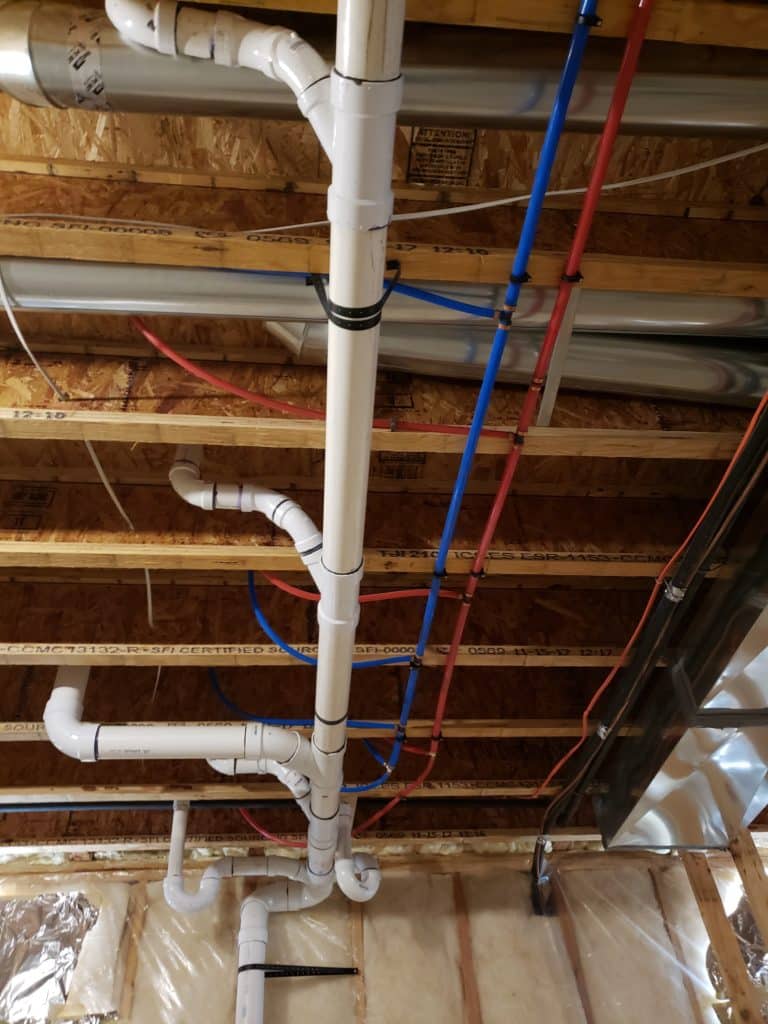
A neglected or underutilized basement can benefit from plumbing. Unlocking the potential of your basement can be done by incorporating plumbing for a kitchen, bathroom, or other space in your basement. Here is our guide and tips on plumbing a basement and some tips on how to make the process smoother.
Hiring a professional to help work on the plumbing in your basement will also save you some time. Professionals know challenges that can arise and can handle them quickly. S&B Plumbing can help improve your basement with quality plumbing. Even if you decide to do your plumbing on your own, our experts can help provide you with information on how to keep your home safe.
1- Create A Layout Plan
Before you dive in, you should sit down and make a plan for how the plumbing layout will look and where you want certain fixtures to line up in your basement. This will help keep you on track during the process and limit the amount of mistakes you can make. A bathroom, laundry room, or kitchenette all have specific plumbing requirements and fixtures you need to account for.
During the planning phase, you will also want to set a budget. This can save you money and frustration as you are plumbing a basement. Make a list of your needs and wants, what different materials may cost, and factor in any accidents that could occur.
2- Obtain Proper Permits
Checking your state regulations and building codes will help you avoid problems down the road. Before you complete any remodeling on your home, you should check what building permits are required. Adding additional plumbing may require you to get approval from a contractor or city planner.
3- Assess Existing Plumbing
Before you install more plumbing in your home, you should assess your current plumbing system. Determine the location of main water lines, waste pipes, and other layout considerations you may have to make. Ensure your plans align with the existing system or you may find yourself with an expensive project.
4- Choosing Proper Materials
Similar to other areas in your home, choosing materials can make or break your project. PVC pipes and PEX pipes work best for water lines. Copper pipes are also another durable option that will resist corrosion. Ensure that your piping material also meets any environmental requirements of your city or state.
5- Digging For Pipes
Since this new plumbing will be in the basement, you will have to dig underground to lay pipes and supply lines. Carefully plan the trench layout and take into account the slope needed for drainage. A trenching shovel is an essential tool you will need when plumbing a basement. Deep trenches will accommodate pipes comfortably.
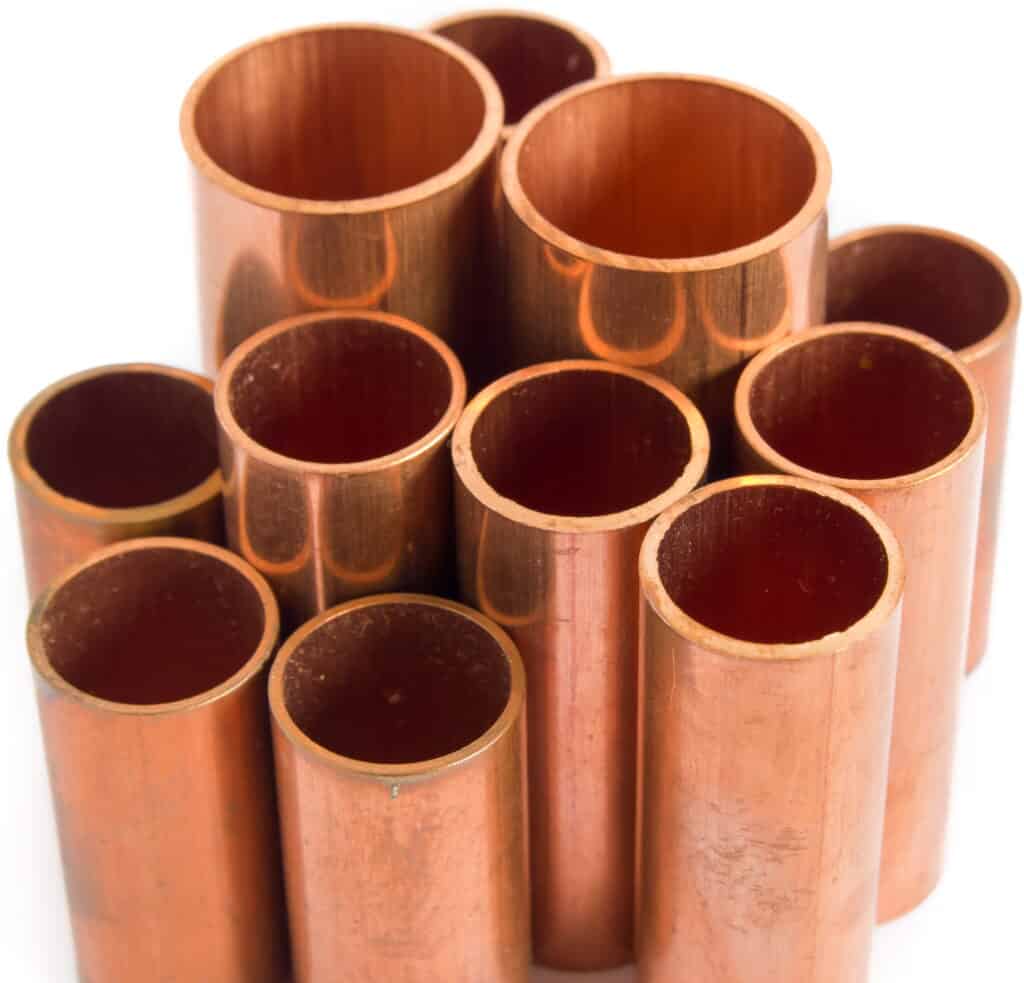
6- Installing Drainage Systems
Proper drainage is important to help keep your home from flooding. Planning out a drainage system and proper slopping before you begin plumbing a basement is crucial. If you are worried about flooding or your basement has flooded before, install a sump pump as part of your new plumbing. Connect floor drains to the main sewer line and make sure that traps can prevent sewer gases or waste from getting into your basement.
7- Include Proper Ventilation
Just like drainage, ventilation is important to help you avoid damage to your home and keep it safe. Ventilation will help air flow freely through your pipes to help prevent the build-up of sewer gases and help the drainage system function properly. Ventilation also helps regulate air pressure. This will prevent backups into the shower when you flush the toilet for example.
8- Connect To Main Sewer Line
This step is the most crucial when plumbing a basement if you want your plumbing system to last. This task is best handled by a plumbing professional because cutting and resealing are often involved. Hiring S&B Plumbing to handle your main sewer lines will give you peace of mind about the safety of your basement.
9- Install Water Supply Lines
Running water supply lines from the main water source will help your basement have continual access to clean water. PEX tubing is a good option to use because it is flexible and resistant to freezing. This is especially important when plumbing a basement in colder climates.
All water supply pipes should be insulated to prevent heat loss during the winter. This will help you keep the correct water pressure and prevent burst pipes that cause damage to a home.
10- Fixture Installation
Now that the underlying plumbing is all set in place, installing faucets, showers, and toilets is your next step. Installing fixtures is the way you get to see all your hard work come to fruition. Follow all manufacturer’s instructions to ensure the best results for your bathroom or kitchen. You should test all fixtures for leaks and proper water pressure before moving on to inspections.
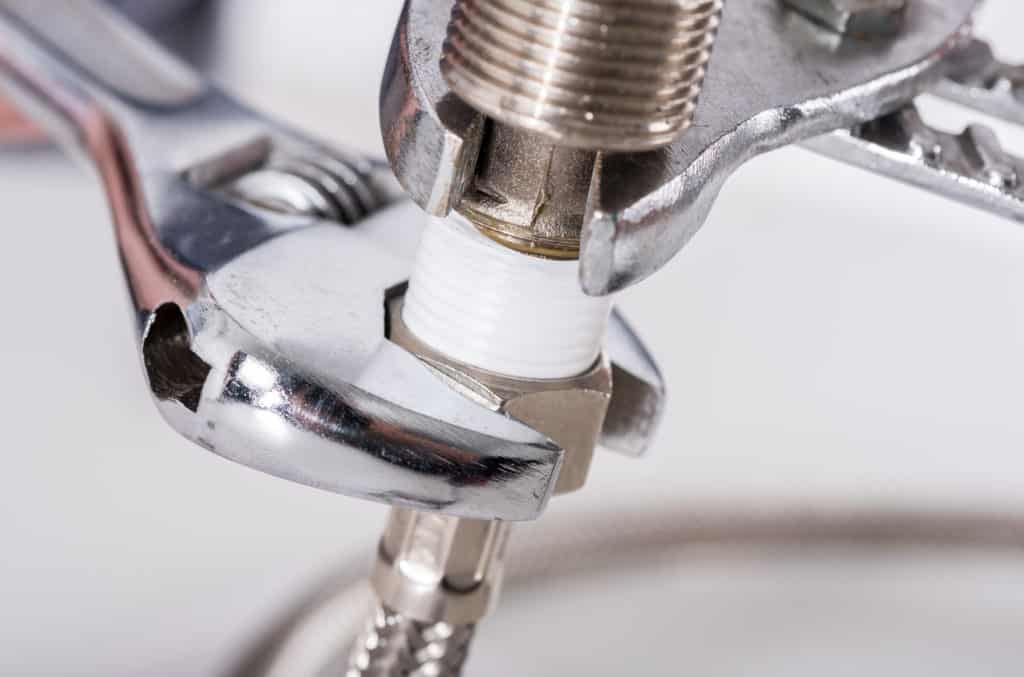
11- Final Checks For Plumbing A Basement
Before you can use your basement plumbing, you need to have an inspector ensure that all of it is safe. Inspectors will check that all pipes, trenches, and tubing are sealed properly while also making sure your home meets local building codes and quality standards. Final checks will help you avoid leaks and unnecessary repairs.

